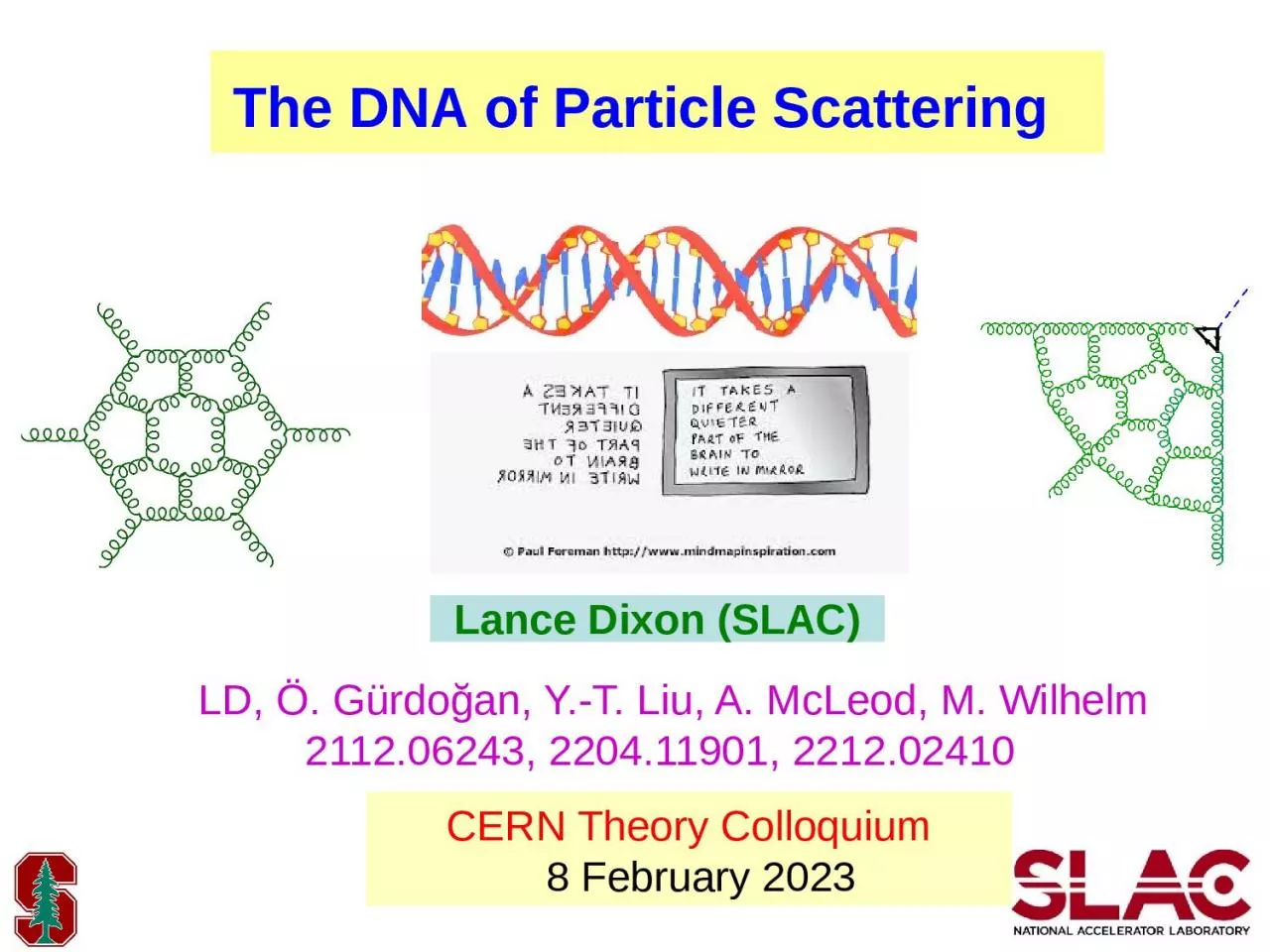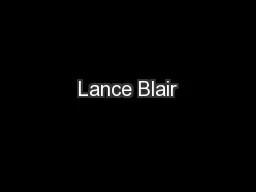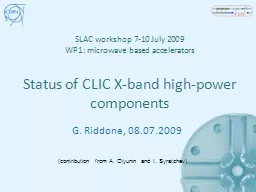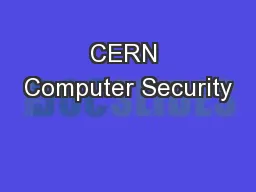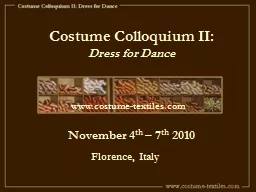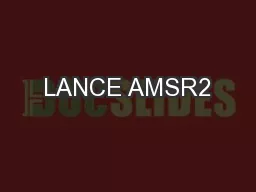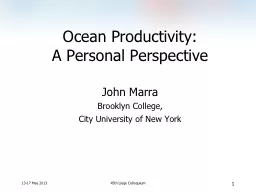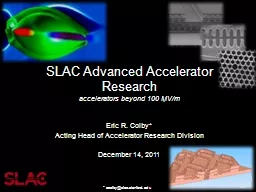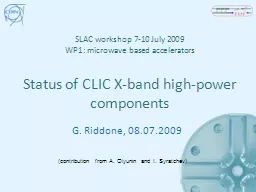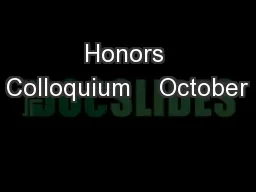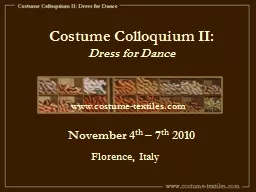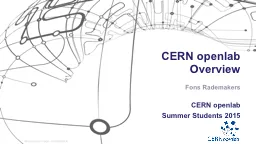PPT-Lance Dixon (SLAC) CERN Theory Colloquium
Author : jocelyn | Published Date : 2023-11-23
8 February 2023 The DNA of Particle Scattering LD Ö Gürdoğan YT Liu A McLeod M Wilhelm 211206243 220411901 221202410 Dont know much biology Particle physics
Presentation Embed Code
Download Presentation
Download Presentation The PPT/PDF document "Lance Dixon (SLAC) CERN Theory Colloquiu..." is the property of its rightful owner. Permission is granted to download and print the materials on this website for personal, non-commercial use only, and to display it on your personal computer provided you do not modify the materials and that you retain all copyright notices contained in the materials. By downloading content from our website, you accept the terms of this agreement.
Lance Dixon (SLAC) CERN Theory Colloquium: Transcript
Download Rules Of Document
"Lance Dixon (SLAC) CERN Theory Colloquium"The content belongs to its owner. You may download and print it for personal use, without modification, and keep all copyright notices. By downloading, you agree to these terms.
Related Documents

